Gyms are closed and most people only have access to their body weight or very limited DBs and/or bands.
So what now? Are you going to lose muscle and strength? Thankfully, no. You just need to understand one thing and how to apply it to your training.
It can take about ~3 weeks for you to lose muscle when you stop training completely.
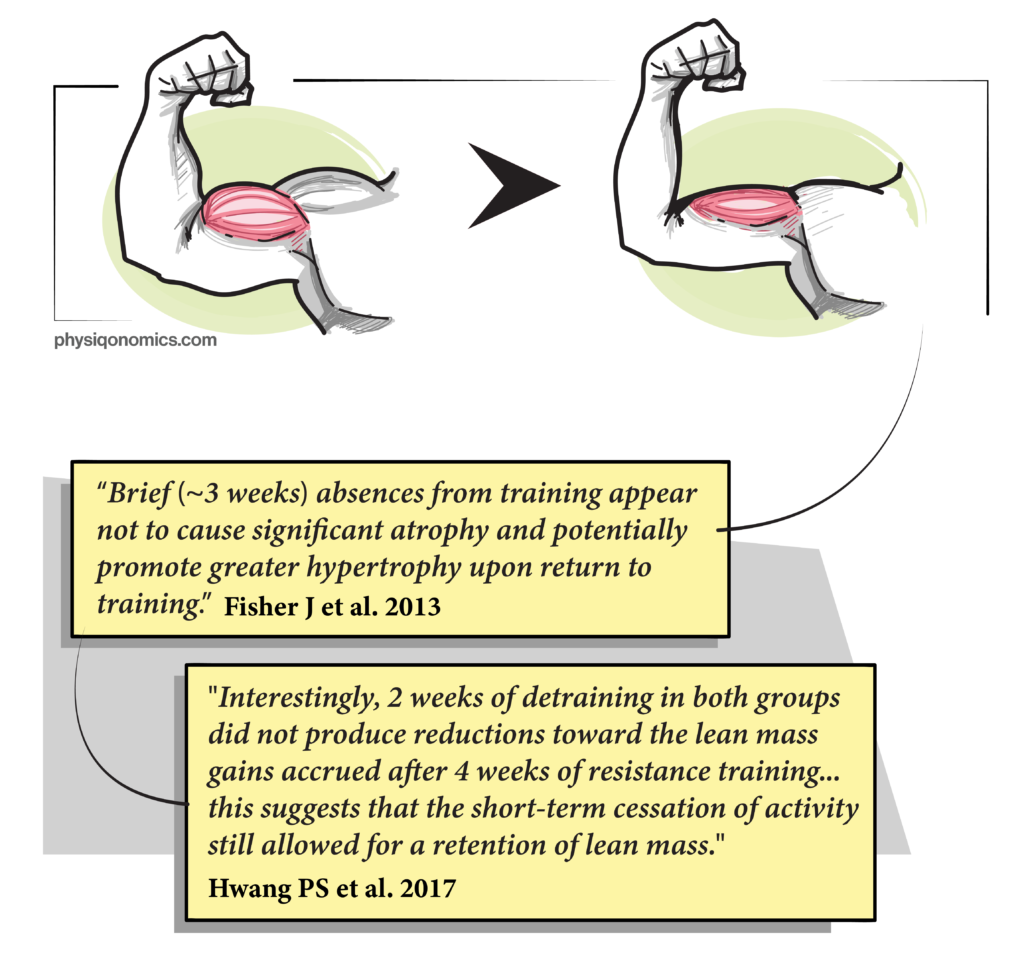
The same holds true for strength loss.
McMaster et al. (2013) conducted a systematic review of 27 training, detraining, and maintenance studies with a focus on ‘the development, retention and decay rates of strength and power measures in elite rugby union, rugby league and American football players.’
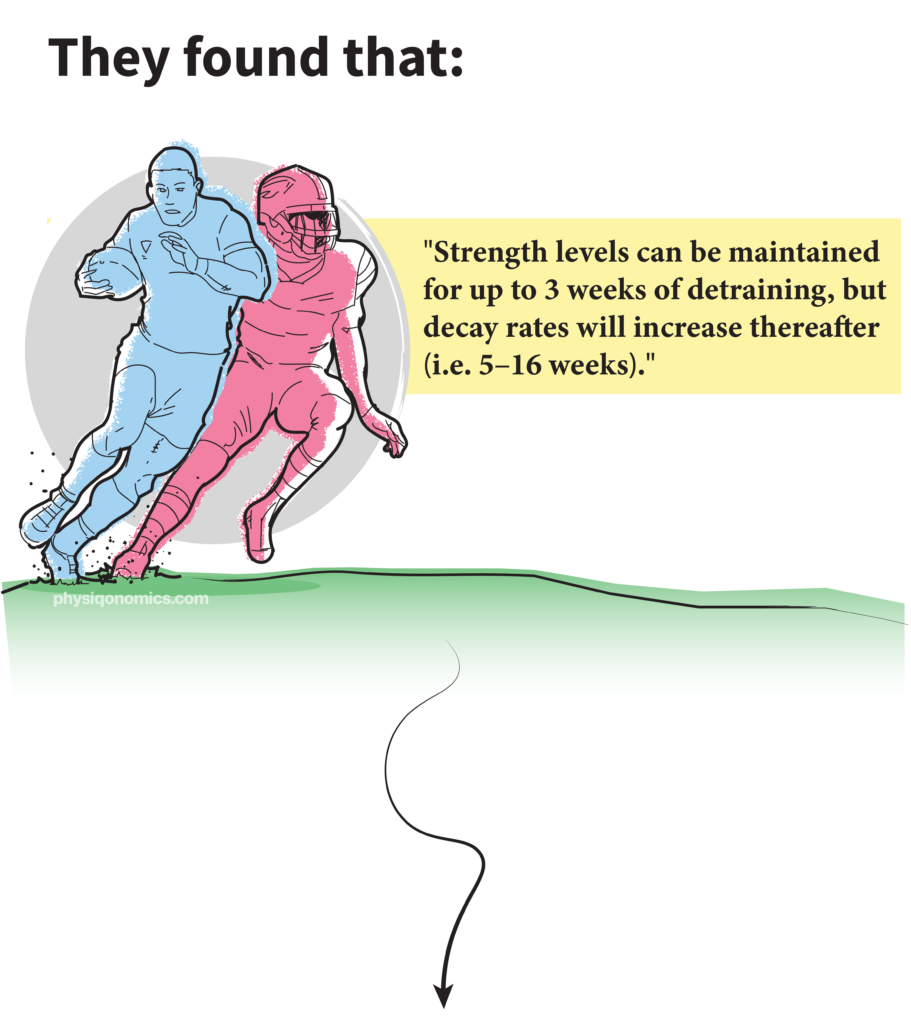
Note, however, this 3-week timeframe is based on the assumption you’re not training at all. As long as you’re resistance training in some capacity (yes, including bodyweight) muscle loss is likely to be a non-issue.
The question, then, isn’t if you’re going to lose muscle. It’s: how can you adapt your training given the current situation to avoid muscle and strength loss.
There’s only one thing you need to understand: Intensity
Specifically, how close you get to failure.
In 2017, Schoenfeld et al. published a systematic review and meta-analysis.
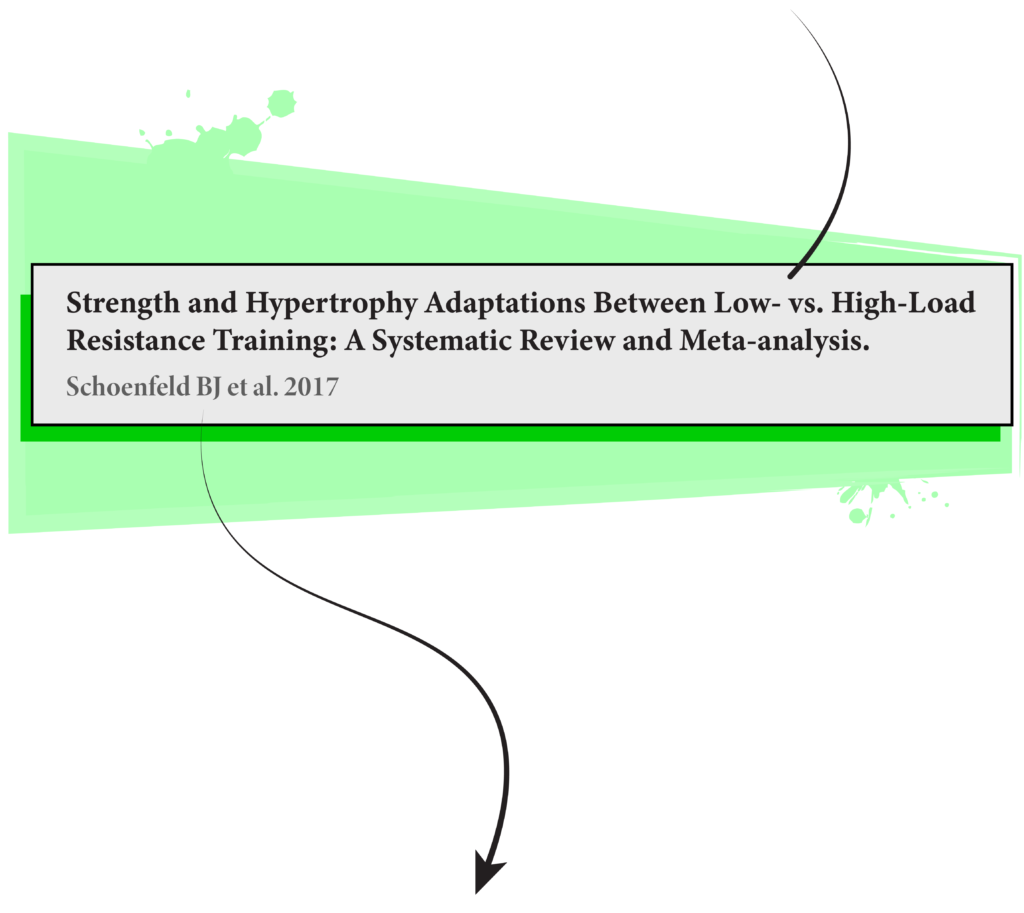
They looked at 21 studies comparing changes in strength and hypertrophy between low–(high reps) vs. high-load (low reps) resistance training protocols.
↓
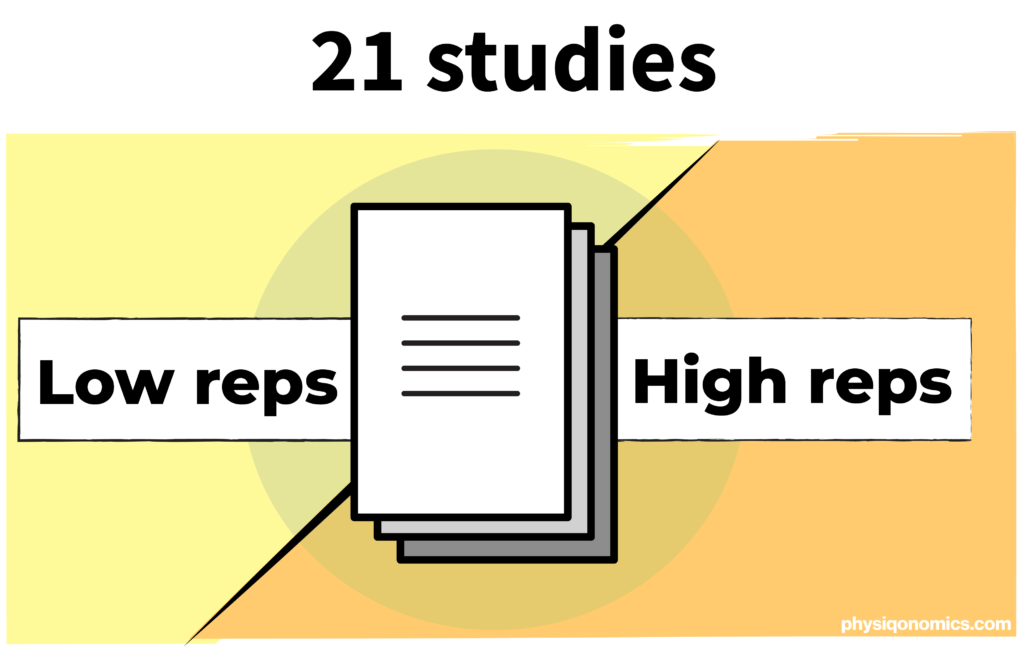
The high-load (low rep) groups performed between 5-12 reps and the low-load (high rep) groups performed between 12-40 reps.
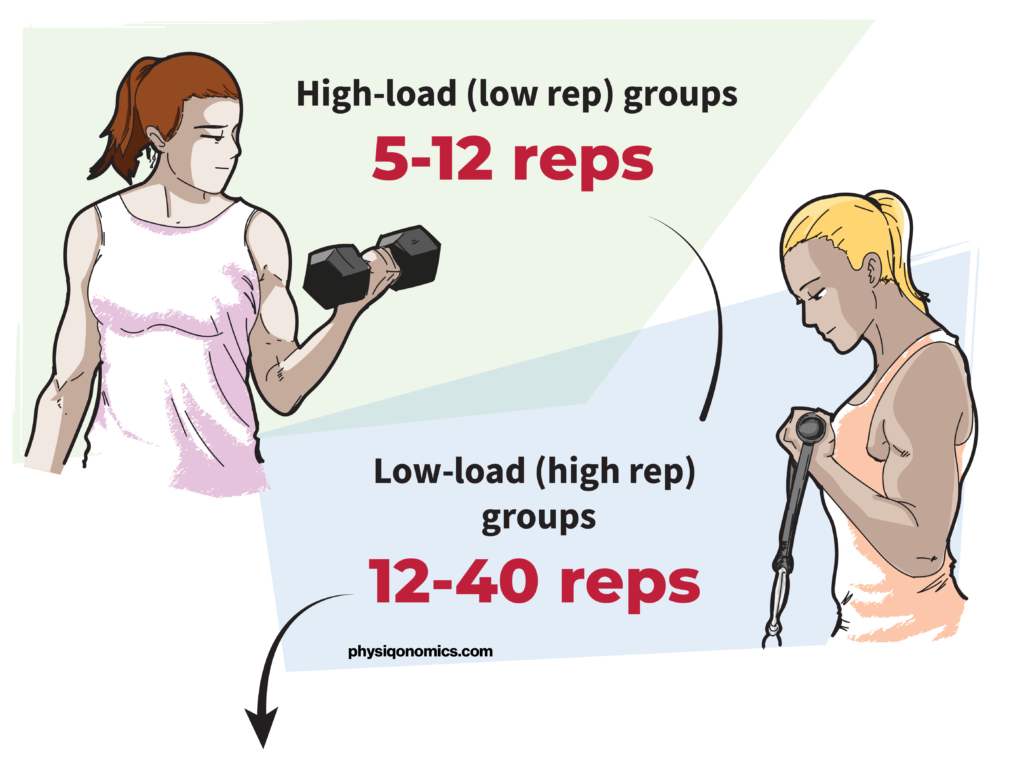
Researchers found as long as the sets were taken to failure, muscle growth was the same regardless of the load (weight lifted) or rep range.
This is great news for those of us who currently don’t have access to a gym and are using bodyweight or limited equipment.
Here’s how to use this information and apply it to your own training
1. Choose the hardest variation of an exercise you can do with good form
For example, if you find regular push ups too easy then do decline push ups.

2. Take each set to (or 1 rep before) failure
By taking sets to (or as close to) failure as possible, you provide your body with a strong stimulus that tells it to hold on to (or even grow) muscle.
3. Note down how many reps you did and try to do more at the next workout
For example, if you did 20 reps of push ups in week one, then in week two your goal should be to do 21 (or more) reps.
This is no different to how you’d approach training in the gym. But in this case, instead of loading more weight on the bar, you’ll increase the number of reps performed to keep progressively overloading.
4. Once an exercise starts to feel easy, and you’re hitting between 20-40 reps, select a harder variation of the exercise and repeat
Example:

This will ensure you’re keeping the intensity high.
Take-home points
- It takes about 3 weeks for muscle loss to occur when you stop training completely.
- As long as you’re providing your body with some form of resistance training, muscle and strength can be maintained.
- If you’re using bodyweight or light DBs/bands, ensure each set is taken to (or 1 rep before) failure as taking sets to failure becomes more important when using lighter loads.
- Choose the hardest exercise variation you can perform with good form and aim to do as many reps as you can going to (or 1 rep before) failure.
- Once this becomes easy, select a harder variation of the same exercise and rinse and repeat.
Need a workout that takes all of this into account?
Check out Physiqonomics PLTNM.